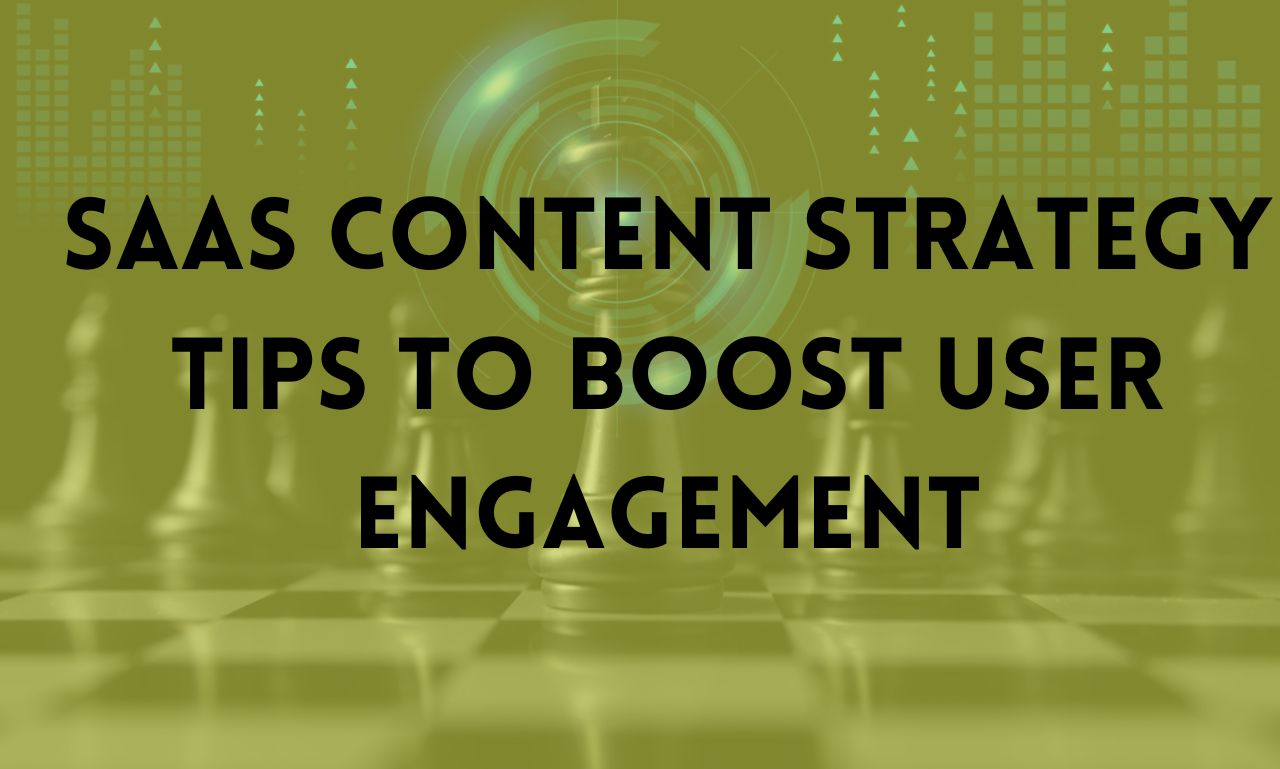In today’s competitive landscape, a well-crafted content strategy is vital for the success of SaaS startups. By focusing on user engagement and conversion, startups can effectively attract and retain customers.
In this article, we will explore the key steps involved in developing a content strategy that drives user engagement and conversion for SaaS startups.
Understanding the Target Audience
Before diving into content creation, it is essential to understand the target audience. Conduct thorough market research to identify the characteristics and preferences of your potential users. By defining buyer personas, you can gain insights into their pain points and challenges, enabling you to tailor your content strategy to address their specific needs.
Defining Content Goals and Objectives
To drive user engagement and conversion, establish clear content goals and objectives. These goals should align with your overall business objectives and be measurable. For example, you may aim to increase website traffic, boost sign-ups, or enhance user retention. Setting measurable objectives allows you to track your progress and make data-driven decisions.
Developing a Content Plan
A well-defined content plan is crucial for consistent and organized content creation. Determine the most suitable content formats for your target audience, such as blog posts, videos, or infographics. Map your content to different stages of the user journey, from creating awareness to encouraging decision-making. Develop a content calendar to ensure regular and timely publication.
Crafting Compelling and Relevant Content
To engage your target audience, focus on creating valuable and educational content that addresses their pain points. Showcase the unique selling propositions of your SaaS product and explain how it solves their challenges. Utilize storytelling techniques to captivate your audience and establish an emotional connection. Remember, high-quality content establishes your authority and builds trust with your users.
Optimizing Content for User Engagement
Optimizing your content for user engagement involves several strategies. Implement SEO best practices to enhance your visibility in search engine results. Craft compelling headlines, incorporate eye-catching visuals, and include clear calls-to-action (CTAs) to encourage interaction. Additionally, make your content easily shareable across social media platforms, amplifying its reach and engagement potential.
Promoting and Distributing Content
Creating great content is not enough; you must also effectively promote and distribute it. Utilize various channels such as your website, blog, social media platforms, and email marketing. Collaborate with influencers or industry experts to expand your reach and tap into their audience. Implement a content amplification strategy to increase visibility and attract more potential users.
Measuring and Analyzing Content Performance
Measuring and analyzing the performance of your content is crucial to understand what works and what needs improvement. Define key metrics to track user engagement, such as page views, time on page, and social shares. Utilize analytics tools to measure conversion rates and identify areas for optimization. With data-driven insights, iterate and refine your content strategy for continuous improvement.
Cultivating User Relationships through Personalization
Personalization plays a significant role in user engagement and conversion. Implement strategies to enhance user experience by tailoring content to their specific needs and preferences. Leverage email marketing automation and segmentation to deliver targeted content based on user behavior and interests. Encourage user feedback and actively engage with your audience to foster meaningful relationships.
Conclusion
Developing a content strategy that prioritizes user engagement and conversion is essential for the success of SaaS startups. By understanding your target audience, setting clear goals, and crafting compelling content, you can attract and retain users effectively. Optimize content for engagement, promote it across multiple channels, and measure its performance to continuously improve. Embrace personalization and cultivate user relationships for long-term success. With a robust content strategy, your SaaS startup can thrive in today’s competitive market.
